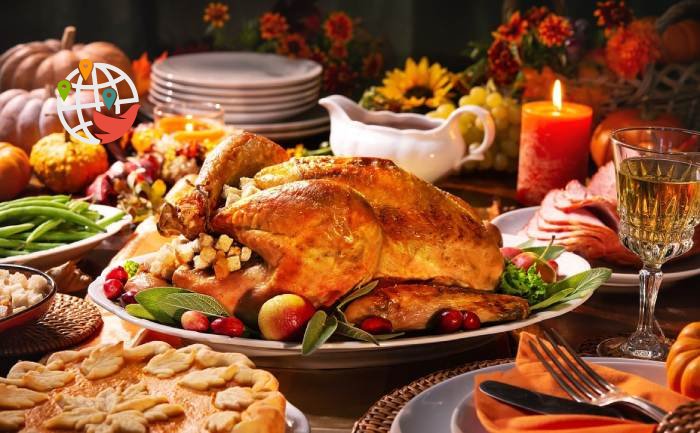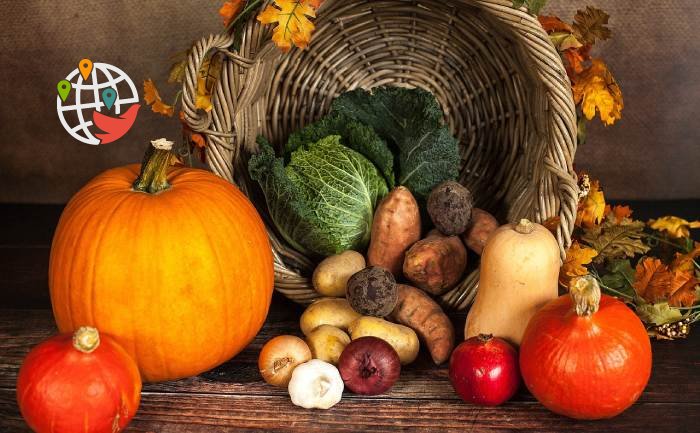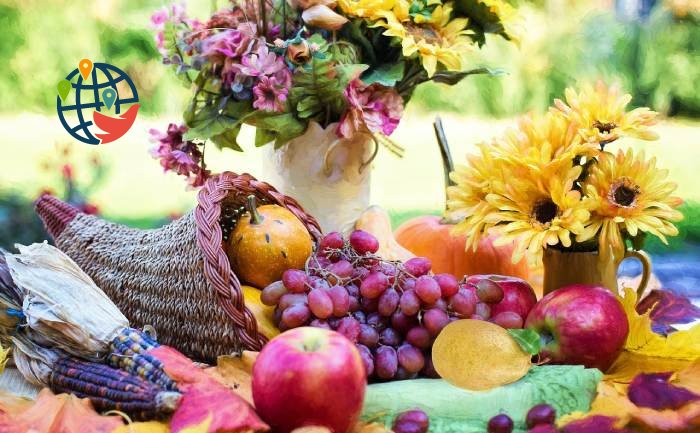Thanksgiving in Canada: A Harvest Festival and Family Traditions

The history and cultural significance of one of Canada's major fall celebrations.
Thanksgiving Day is one of the key holidays in Canada, celebrated on the second Monday of October. While many associate it with the American tradition, the Canadian version has its own unique roots, traditions, and cultural aspects. This holiday is an official day off in all provinces except New Brunswick, Nova Scotia, and Prince Edward Island. However, its history and significance for Canadians go deeper than just family meals and days off.
Historical Roots of the Holiday

The history of Thanksgiving in Canada predates the arrival of Europeans. Indigenous peoples of North America celebrated the end of the harvest season with special ceremonies, rituals, and feasts, expressing gratitude for the fruits of the earth. European settlers brought similar traditions, and the first Thanksgiving-related celebrations were held to express gratitude to God for successful voyages and discoveries.
One of the earliest mentions of Thanksgiving celebrations in Canada dates back to 1578, when British explorer Martin Frobisher and his crew celebrated the successful completion of their voyage in search of the Northwest Passage. The celebration took place in the Arctic waters of modern-day Nunavut, and is considered the first documented Thanksgiving celebration on the territory of present-day Canada.
Later, in 1606, the famous explorer Samuel de Champlain organized a series of formal dinners called "Order of Good Cheer" (Ordre de Bon Temps) to prevent illness and maintain morale among colonists in Port-Royal. These dinners also included participation from local peoples, such as the Mi'kmaq, highlighting cooperation between Europeans and indigenous peoples.
When and Why is Thanksgiving Celebrated?

The first official Thanksgiving celebration in Canada took place on November 6, 1879. It was conceived as a way of public acknowledgment of God's mercies and expression of gratitude for the harvest and other blessings. However, the holiday wasn't always celebrated in autumn. In 1872, Thanksgiving was held in spring, in April, and was dedicated to the recovery of the Prince of Wales (future King Edward VII) from a severe illness.
Since 1957, Thanksgiving has been annually celebrated on the second Monday of October. This decision helped avoid overlap with another important holiday — Remembrance Day, observed on November 11. Thus, Thanksgiving became a celebration not only of the harvest but also of gratitude for all the well-being Canadians experience throughout the year.
How is Thanksgiving Celebrated in Canada?

Canadian Thanksgiving is more low-key compared to its American counterpart. While it also includes family dinners, such as the traditional turkey with sides of pumpkin, corn, and other seasonal produce, the celebration is often limited to spending time with loved ones. Large parades, as in the US, or major sporting events are less common.
Nevertheless, an important part of the celebration remains the "classic" dinner with roast turkey, mashed potatoes, cranberry sauce, and pumpkin pie. But depending on the region, dishes may vary. For example, in Newfoundland, it's traditional to serve "Jiggs' dinner" — meat, salt pork, potatoes, and other vegetables.
Many Canadians use the long weekend for trips to visit relatives or short vacations, enjoying the last warm autumn days. Hiking, cottage trips, fishing, and admiring the fall foliage become popular activities.
Symbols and Cultural Significance

One of the main symbols of Thanksgiving remains the cornucopia (horn of plenty), a symbol of abundance and wealth rooted in ancient Greece. Turkey, pumpkin, and other harvest symbols are also unchanging attributes of the holiday.
Today Thanksgiving not only as a harvest festival but also as a time to connect with loved ones and reflect on all the good fortune they've had throughout the year. This holiday demonstrates that despite differences in cultures and traditions, expressing gratitude remains a universal value.
Thus, Canadian Thanksgiving is not only an important part of national culture but also a time for family, friendship, and gratitude. It's a holiday that has come a long way from the first ceremonies of indigenous peoples and explorers to cozy family evenings and autumn nature trips, uniting all Canadians in their desire to appreciate what they have.





























